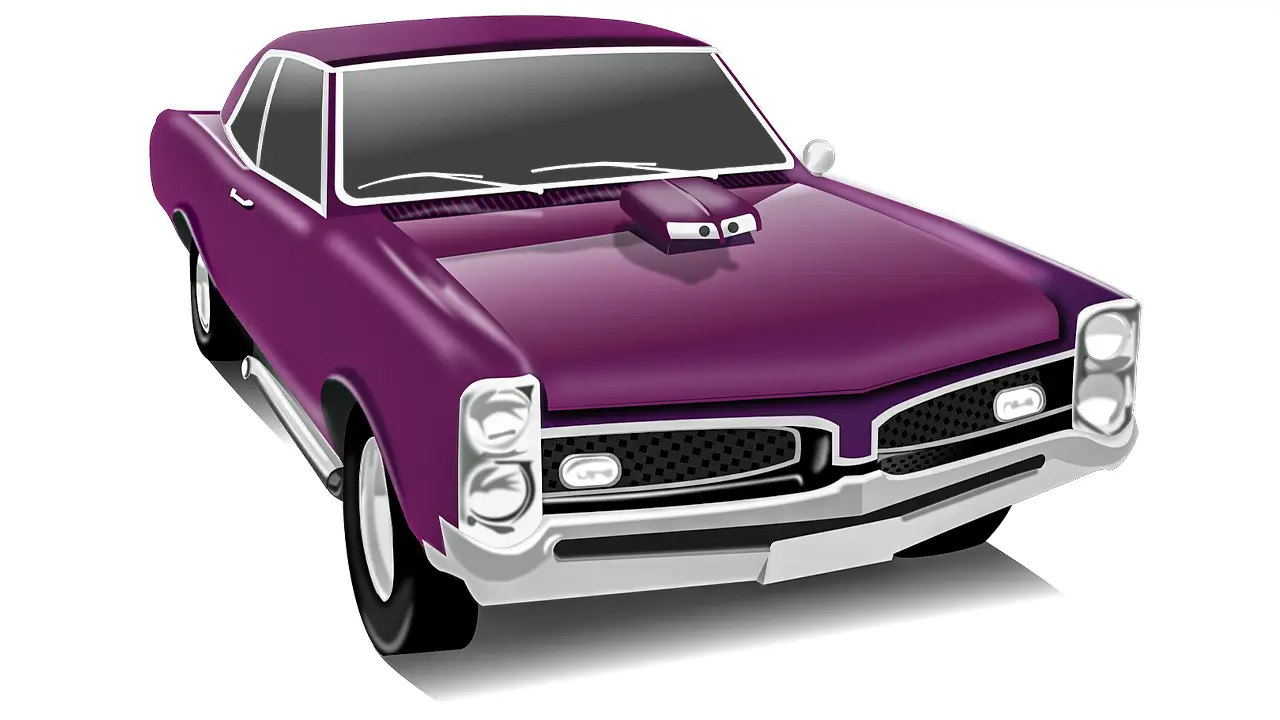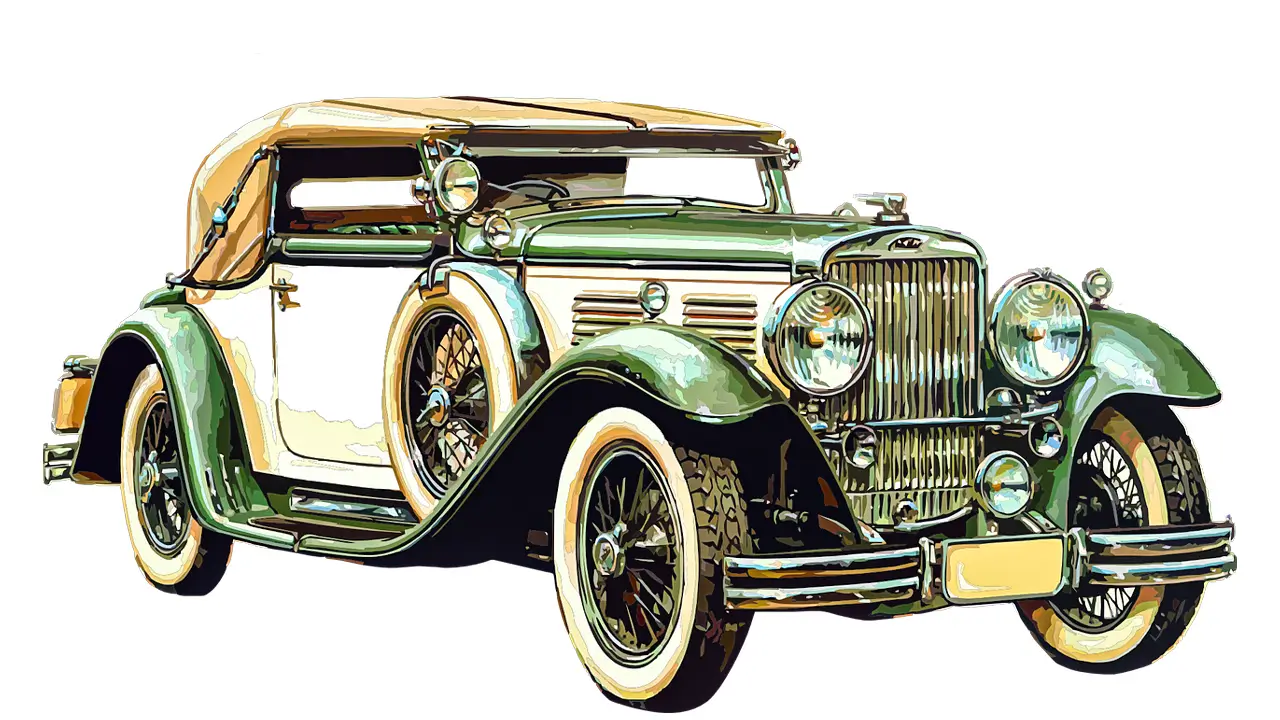Usually older than 25 years, vintage cars—also known as classic cars—are prized for their aesthetic, cultural, or historical significance. These vehicles offer a chance to combine their enthusiasm with potential financial gain. Nevertheless, several variables, like market conditions, the scarcity of particular models, maintenance expenses, and the overall state of the economy, will determine whether antique cars are a wise financial investment. This synopsis examines the investing potential of vintage cars and the risks and difficulties that come with them.
The Investment Potential of Vintage Cars
Vintage automobiles have grown in value over time, with some models seeing notable increases in value. The most expensive cars are usually in small quantities, by luxury brands, or with outstanding design and historical significance. Record-breaking car sales are at events like Pebble Beach or Gooding & Co. auctions, which reflects the rising desire for rare and historically significant vehicles.
Classic Porsche 911 models and Ferrari 250 GTOs are two examples of historic vehicles whose value has increased significantly. Financially and emotionally, these in-demand vehicles are appealing investments since they are more than cars—they are pieces of living history. A vintage car is a piece of automotive art and a link to a bygone period, and for fans, owning one is frequently about much more than just the financial return.
Factors That Make Vintage Cars a Good Investment

Rarity and Provenance
One of the main elements influencing an automobile’s value is its rarity. Particularly sought-after are automobiles with substantial historical significance or limited production versions. Furthermore, the car’s provenance—such as its engagement in events or famous prior owners—can increase its market worth. For instance, the value of a classic vehicle owned by a person or connected to a well-known race can skyrocket.
Brand Recognition
Some automakers, including Mercedes-Benz, Jaguar, Porsche, and Ferrari, have made themselves representations of excellence, performance, and luxury. These businesses’ vintage models, particularly those with recognizable designs or engineering achievements, frequently see price increases over time. Automobiles from reputable manufacturers are appealing investment options due to their robust resale market.
Condition and Restoration
The condition of a vintage car is critical to its financial value. Cars in superb original condition or those that have been thoroughly restored to factory specifications typically attract prices. Ongoing maintenance and proper storage are critical for retaining a car’s value. To ensure that the vehicle maintains its value, investors must account for the initial purchase price and the cost of upkeep and future restoration.
Emotional and Lifestyle Appeal
For many investors, the appeal of vintage vehicles extends beyond financial returns. These vehicles provide an emotional connection and a lifestyle option that offers delight and pride. Driving or merely owning a historic car can give a distinct sense of accomplishment, adding intangible value to the investment. This emotional factor is why antique cars entice both car fans and investors.
Conclusion
Vintage cars can be a profitable investment for individuals with the desire, knowledge, and money to maintain and care for them. Rare, iconic, and immaculately maintained vehicles appreciate over time, making them desirable to collectors and investors. However, the dangers involved, such as market swings, high maintenance expenses, and the asset’s illiquidity, must be carefully assessed.
Investing in vintage cars is best suited to people who are financially adequate and interested in the vehicles themselves. While these vehicles can be profitable investments, they also come with obstacles and costs that necessitate careful planning and experience. For the proper investor, vintage automobiles can provide financial gains and a rewarding hobby.
- Nearly 30% of UK Drivers Believe Car Tax Should Be Based on Mileage — Survey
- Why Planes and Boats Escaped the Luxury Tax But Cars Didn’t
- Australia’s Headlight Confusion: Authorities Warn Drivers After Viral $250 Headlight Rule Goes Wild Online
- 2025 Hyundai Venue Facelift Launched in India – Full Details, Variants, and Price
- Royal Enfield Bullet 650 Unveiled at EICMA 2025: A Classic Legend Returns
